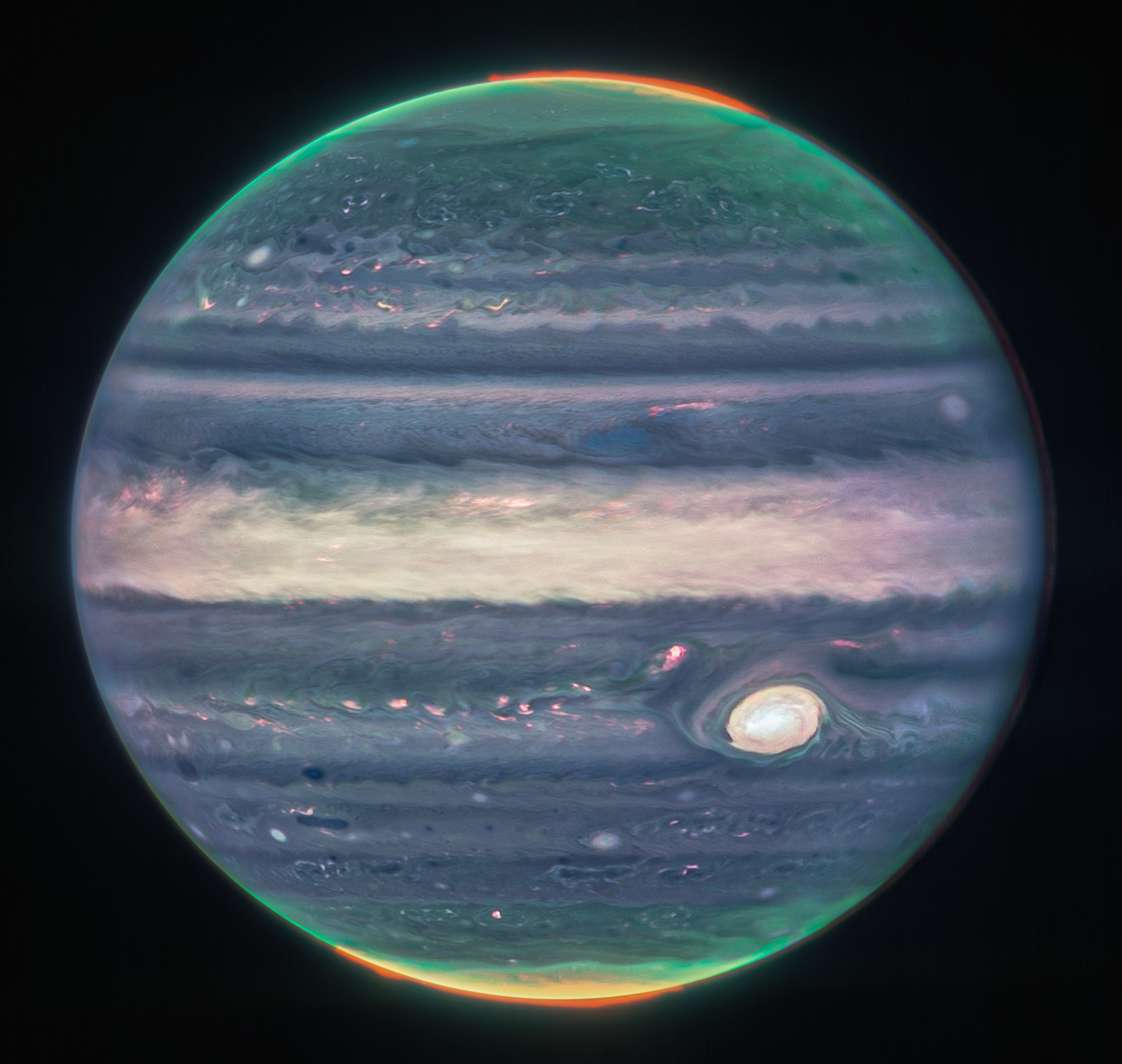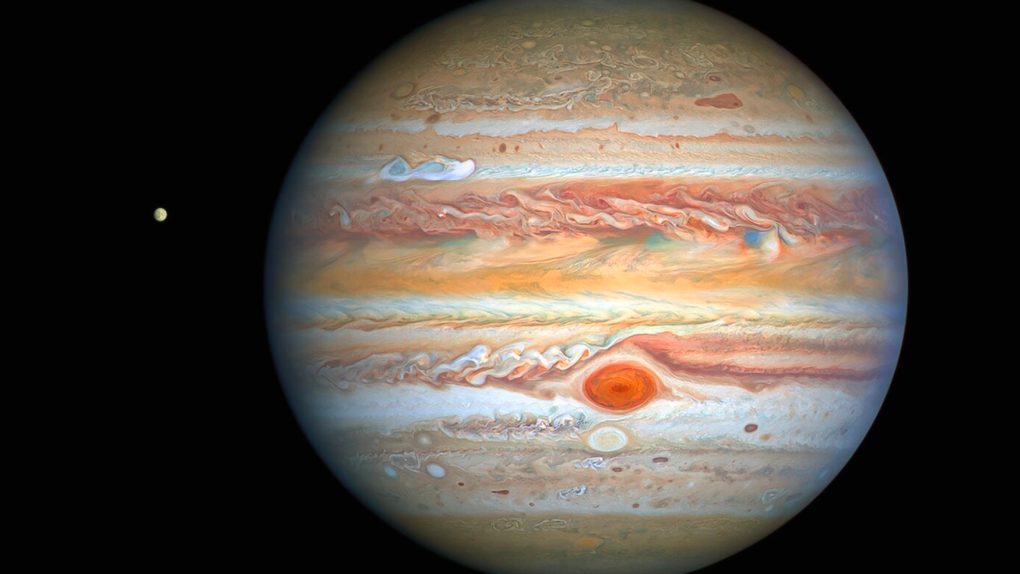The James Webb Space Telescope continues to reveal new things about our universe. It has given us new insight into the otherworldly beauty of galaxies like NGC 346 and is even helping solve questions about the early universe. Now, the telescope has captured a powerful jet stream on Jupiter, and it’s more powerful than scientists ever expected.
Despite studying Jupiter for decades, scientists still have a lot to learn about the largest gas giant that calls our solar system home. This new observation is not only helping close the gap of what is left to learn, but scientists say they didn’t quite expect to see a stream of wind that powerful on the planet.
The powerful jet stream observed on Jupiter is estimated to have been more powerful than a category-five hurricane. That’s an insane amount of power, and it continues to show just how scary and dangerous worlds like Jupiter can be.

The stream was estimated to be roughly 3,000 miles (4,800 kilometers) wide and was traveling at around 320 miles per house (515 kilometers per hour). Anything it hit would have likely sustained some terrible damage, at least if Jupiter had any real solid mass on it for the winds to hit.
The discovery of this powerful jet stream on Jupiter simply raises more questions about the gas giant, as this is the first time that we have seen anything like this on the planet. A paper published on the findings is now available in Nature Astronomy, and it could help astronomers learn more about the inner workings of the winds on Jupiter as a whole.
The James Webb might not have been necessarily built to pay attention to targets so close to home, yet it continues to deliver more information about the planets that we call neighbors here in our tiny pocket of the universe. With future observations, perhaps we’ll learn more about what causes these powerful jet streams on Jupiter, as well as if there are more powerful streams that scour the surface of the planet.








